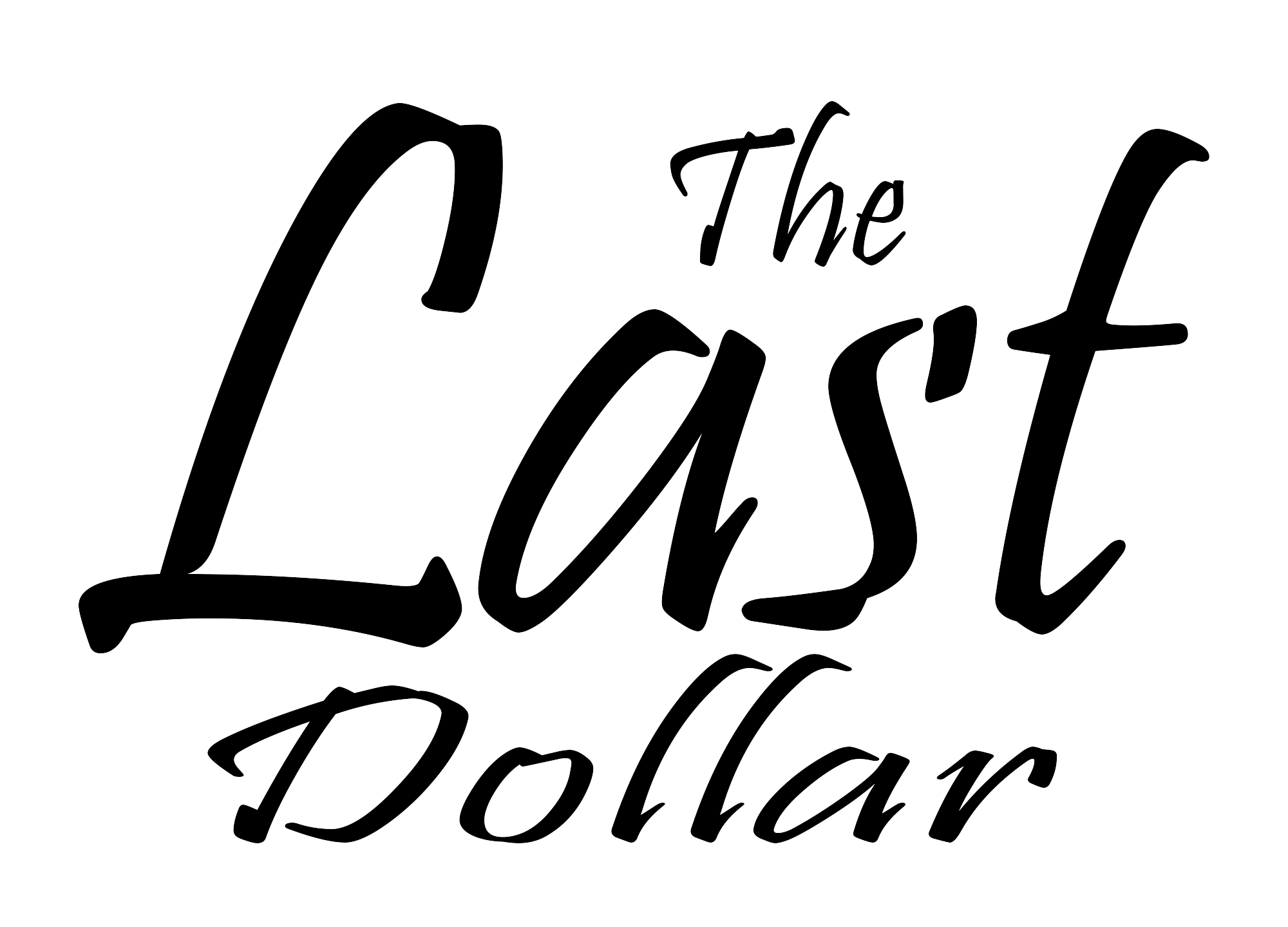Navigating the world of student loans can be overwhelming, especially when trying to understand the differences between federal and private student loans. Whether you’re just starting your college journey or looking to refinance existing debt, it’s important to grasp the unique features of each loan type. This blog will help clarify the distinctions between federal and private student loans, including the pros and cons of each.
What Are Federal Student Loans?
Federal student loans are loans provided by the U.S. government. These loans come with certain protections and benefits that can make them an attractive option for many students. There are several types of federal student loans, but the most common are:
- Direct Subsidized Loans: These are need-based loans for undergraduate students. The government pays the interest while you’re in school, during the grace period, and during deferment periods.
- Direct Unsubsidized Loans: Available to both undergraduate and graduate students, these loans aren’t based on financial need. You’re responsible for the interest, which accrues while you’re in school.
- Direct PLUS Loans: These loans are available for graduate students and parents of dependent undergraduate students. They have a higher interest rate than subsidized or unsubsidized loans, and credit checks are required.
- Direct Consolidation Loans: These loans allow you to combine multiple federal student loans into one, simplifying repayment and potentially lowering your monthly payments.
Benefits of Federal Student Loans
- Lower Interest Rates: Federal loans typically have lower interest rates compared to private loans.
- Flexible Repayment Plans: The government offers a range of repayment options, including Income-Driven Repayment (IDR) plans, which adjust your payments based on your income.
- Deferment and Forbearance: Federal loans provide options to temporarily suspend or reduce payments under certain circumstances, such as financial hardship or returning to school.
- Loan Forgiveness Programs: Federal loans may be eligible for loan forgiveness after a certain number of years of qualifying payments, such as through the Public Service Loan Forgiveness (PSLF) program.
- Fixed Interest Rates: The interest rate on federal loans is fixed for the life of the loan, making budgeting easier.
What Are Private Student Loans?
Private student loans are offered by banks, credit unions, and other private lenders. Unlike federal loans, private loans are not guaranteed or backed by the government. These loans are often used to fill the gap between federal loans and the total cost of education.
How Private Student Loans Work
- Credit-Based Approval: Private loans require a credit check, and the interest rate you receive will largely depend on your creditworthiness (and that of any cosigner). Generally, those with higher credit scores will receive better rates.
- Flexible Loan Amounts: Private loans can often be used to borrow any amount, up to the total cost of attendance, including tuition, fees, room, board, and other education-related expenses.
- Repayment Terms: Private loans often offer less flexibility in repayment compared to federal loans. They may have either fixed or variable interest rates, with variable rates potentially increasing over time.
Benefits of Private Student Loans
- Higher Loan Limits: Private loans can provide more funding, especially if you’ve maxed out your federal loan eligibility.
- Flexibility in Loan Terms: Some private lenders offer flexible loan repayment terms, allowing you to choose your repayment schedule.
- Potentially Lower Interest Rates: If you have excellent credit, you may be able to secure a lower interest rate with a private loan than with a federal loan.
Federal vs. Private Student Loans: Key Differences
| Feature | Federal Student Loans | Private Student Loans |
| Interest Rates | Fixed, generally lower rates | Fixed or variable, often higher rates |
| Repayment Plans | Income-driven, extended, graduated | Limited repayment options |
| Eligibility | Based on financial need or enrollment | Based on credit score or cosigner |
| Loan Forgiveness | Available through PSLF, IDR programs | Not available |
| Deferment/Forbearance | Available under certain circumstances | Limited or unavailable |
| Loan Limits | Limited to cost of attendance | Higher loan limits, up to full cost |
Which Loan Option is Right for You?
Choosing between federal and private student loans depends on your individual circumstances. Here are some key considerations:
- If you need flexibility, Federal loans are often the best choice, especially for students who may benefit from income-driven repayment plans or want access to loan forgiveness programs.
- If you have excellent credit, Private loans may offer lower interest rates if you have a strong credit history, making them a good option for students who don’t qualify for sufficient federal aid.
- If you’ve maxed out federal loans: If your education expenses exceed the limits of federal loans, a private loan can help cover the remaining costs.
Conclusion: Federal & Private Student Loans
Understanding the differences between federal and private student loans is key to making an informed decision about how to finance your education. Federal loans typically offer more protections and benefits, while private loans can be an option for those who need additional funding or have strong credit. Be sure to explore all your options, and don’t hesitate to consult with a financial advisor or loan counselor to ensure that you choose the best option for your needs.
Discover our expert blogs for insightful tips on managing your finances effectively! Also, don’t forget to follow us on X.












